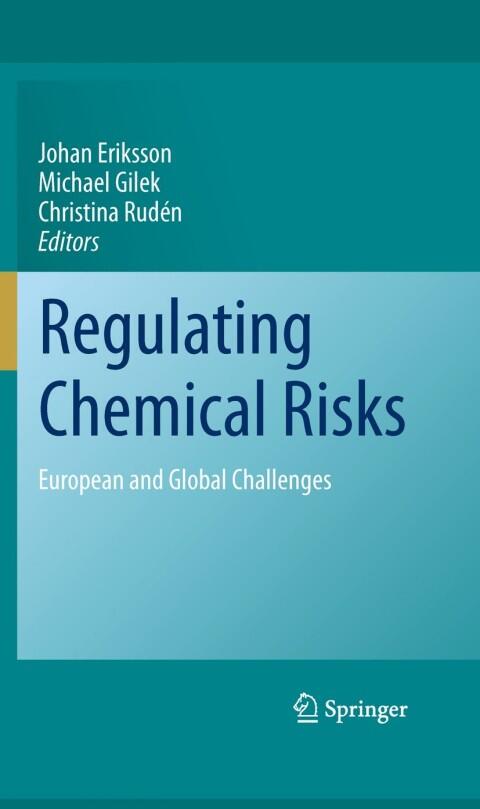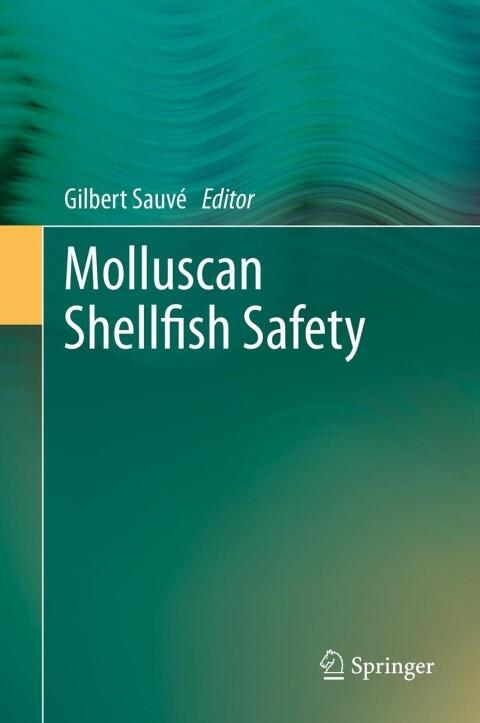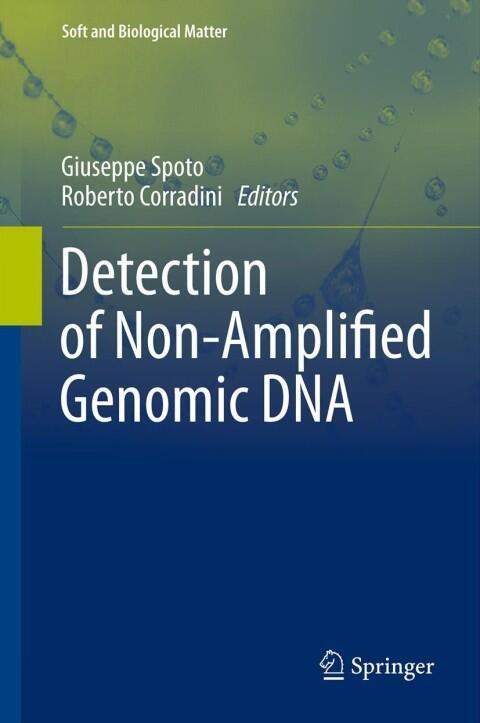
Regulating Chemical Risks: European and Global Challenges
によって
Morton A. Meyers, MD, FACR, FACG; Chusilp Charnsangavej, MD, FSIR; Michael Oliphant, MD, FACR
まだ評価がありません
Science & Technology
Health & Wellness
形式
キンドル
ページ数
366
言語
オランダ語、フラマン語
公開されました
Jan 1, 2010
出版社
Springer
版
2010
ISBN-10
9048194288
ISBN-13
9789048194285
説明
This volume delves into the intricate world of chemical regulations, offering a comprehensive look at the evolving landscape both in Europe and beyond. Drawing on the expertise of seasoned professionals, the authors explore the multifaceted challenges posed by the regulation of chemical risks. Their insights provide a vital understanding of how these regulations impact public health, environmental safety, and industry standards.
The book highlights emerging trends and emphasizes the importance of adapting existing regulatory frameworks to keep pace with scientific advancements and societal needs. In an era where chemical safety is of utmost concern, the authors discuss the balance between innovation and safety, illustrating how regulatory bodies can navigate these often conflicting priorities.
Real-world case studies illustrate the complexities of implementing effective regulatory measures, shedding light on the successes and failures experienced across various sectors. This analytical approach encourages readers to consider the broader implications of chemical risk management on a global scale.
Ultimately, the volume serves as a critical resource for policymakers, scientists, and stakeholders engaged in the dialogue on chemical safety. It inspires a collaborative effort to ensure that regulatory measures not only safeguard health and the environment but also promote progress and sustainability in an increasingly interconnected world.
The book highlights emerging trends and emphasizes the importance of adapting existing regulatory frameworks to keep pace with scientific advancements and societal needs. In an era where chemical safety is of utmost concern, the authors discuss the balance between innovation and safety, illustrating how regulatory bodies can navigate these often conflicting priorities.
Real-world case studies illustrate the complexities of implementing effective regulatory measures, shedding light on the successes and failures experienced across various sectors. This analytical approach encourages readers to consider the broader implications of chemical risk management on a global scale.
Ultimately, the volume serves as a critical resource for policymakers, scientists, and stakeholders engaged in the dialogue on chemical safety. It inspires a collaborative effort to ensure that regulatory measures not only safeguard health and the environment but also promote progress and sustainability in an increasingly interconnected world.



















